Learn how to make the perfect homemade authentic focaccia – crisp on the outside, soft and airy inside, and bursting with olive oil flavour. This is an easy, foolproof recipe!
In his search for authentic focaccia, David has tried making lots of different recipes over the years, which have turned out well. However, on a holiday to Italy, in June 2017, in a small town called Pontremoli (near Florence), we discovered the best focaccia ever...it was like nothing we'd ever tasted!!! The bakery was a stone's throw from where we were staying, so we ended up going every morning...via the coffee shop - which sold the best coffee ever too...to buy focaccia to have at breakfast or sometimes for lunch!
On our return to Scotland, David scoured the internet for an authentic recipe - he tried a few but nothing ever measured up to the bread we'd had in Pontremoli. That was until he found this recipe on Silvia Colloca’s blog and although it takes a bit of time, with all the resting, the end result is definitely worth it.
So...make the time and within a few hours you will be munching on the best focaccia you have ever had...try it alongside soups or pasta dishes.
Tips
- David has stayed fairly closely to Silvia's method, however, he has picked up a couple of things while making the bread and has added the following notes to the instructions:
- Make sure the water is warm enough.
- Coat your hands with olive oil when working with the dough.
- Always add the water to the yeast and not the other way around.
- Toppings - try adding different toppings like rosemary, cherry tomatoes, roasted peppers, olives or caramelised onions.
- Try these flavour variations:
- Rosemary and sea salt for a classic Italian style.
- Tomato and basil for summer.
- Olive and herb for mediterranean flavour.
- Garlic and parmesan is a rich savoury option.
FREQUENTLY ASKED QUESTIONS
Yes - after the first rise, refrigerate the dough overnight and bake the next day.
Wrap any leftovers in tin foil or keep it in an airtight container at room temperature for up to 2 days. For longer storage, freeze slices and reheat in the oven or air fryer.
Under-proofing, not enough hydration, or overworking the dough can cause this. Make sure to let it rise fully until bubbly.
Yes - use a gluten-free bread flour blend but expect a slightly denser texture.
OTHER RECIPES YOU MIGHT ALSO LIKE TO TRY
Click here for all bread recipes.
Recent New Recipes
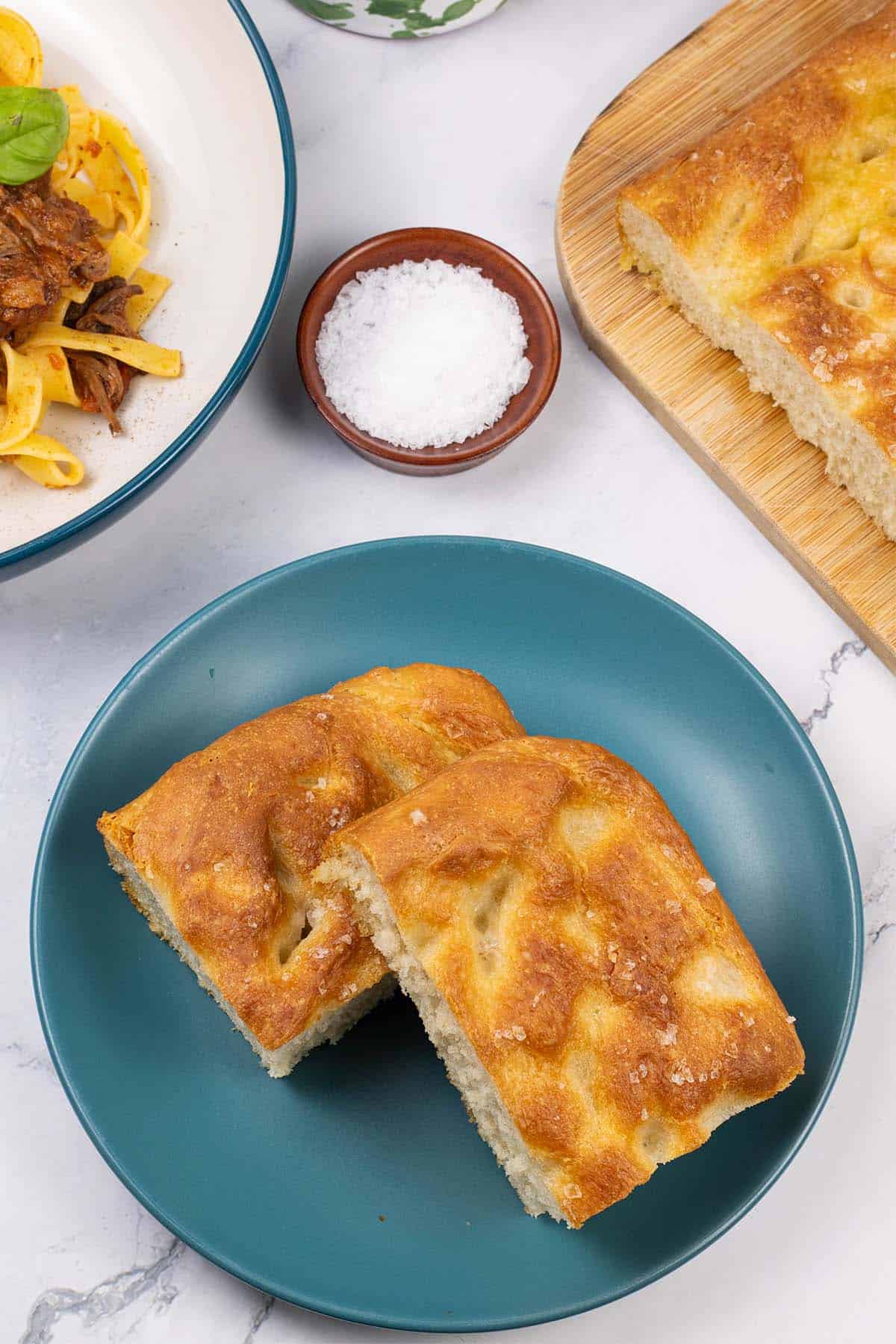
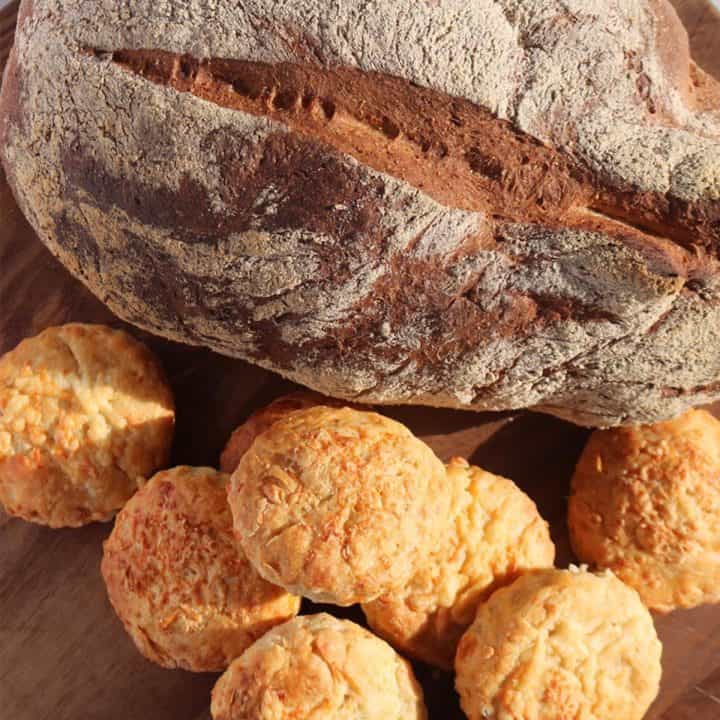
Category Spotlight...
BREAD
Bread...I don't think I could live without it!! Explore a yummy selection of fresh, homemade bread here. Find easy recipes and baking tips for everything from crusty loaves to soft rolls that you'll enjoy making and eating again and again.
How to make this Authentic Focaccia
Ingredients
- 180ml lukewarm (35C) water
- 7g sachet dried yeast
- 320g plain flour
- 2 tbsp extra virgin olive oil
- 1 tsp honey
- 2 tsp salt
- olive oil, for greasing
- 2 tbsp sea salt flakes, for the topping
For the glaze:
- 2 tbsp extra virgin olive oil
- 1 tbsp cold water
Instructions
Make the dough:
- Look out two large bowls (one for mixing and one for resting) and a baking tin or tray.
- Either heat water in a kettle and mix hot water with cold or use hot water from the tap to get lukewarm water that sits at around 35C (use a meat thermometer to check). This temperature, when added to the dried yeast will “waken it up” for the fermentation process and give your bread the best chance.
- Place the dried yeast in a large bowl, mix in the warm water and leave to froth for a couple of minutes.
- Add the flour, extra virgin olive oil and honey to the yeast and water mixture.
- Lightly grease your hands with some olive oil, then pull together the mixture with your hands and knead for 5 minutes.
- Add the salt to the dough and knead until the dough looks smooth and elastic. By hand, this will take around 10 minutes of kneading, but you can use an electric mixer to cut this down to 5 minutes.
Rest the dough and bake:
- Shape the dough into a ball, put it in a bowl lightly coated in olive oil. Cover with cling film coated with some more olive oil, and leave to rest for 20 minutes.
- Remove the dough from the bowl and keep the cling film for later. Stretch the dough by hand to make a rectangle about the same size as your baking tin or tray and then fold it over on itself 3 to 4 times. This step should give the bread its familiar soft chewy texture.
- Put a thin coat of olive oil on your baking tin or tray. Place the dough in the middle and cover with the same cling film used earlier. Put it somewhere warm and leave to prove for 90 minutes, or until doubled in size.
- Stretch the dough to cover your baking tin or tray, scatter over most of the sea salt flakes and leave to rest for 30 minutes.
- Use your fingertips to press down all over the dough to create small holes all over.
- Mix the glaze ingredients and drizzle over the bread, filling in all the small holes and add the rest of the sea salt flakes.
- Heat the oven to 220C/200C fan/gas 7 and rest the dough for a further 20 minutes.
- Bake the bread for 20 to 25 minutes, until golden. Remove from the oven and let it cool for 5 to 10 minutes before transferring it to a cooling rack.
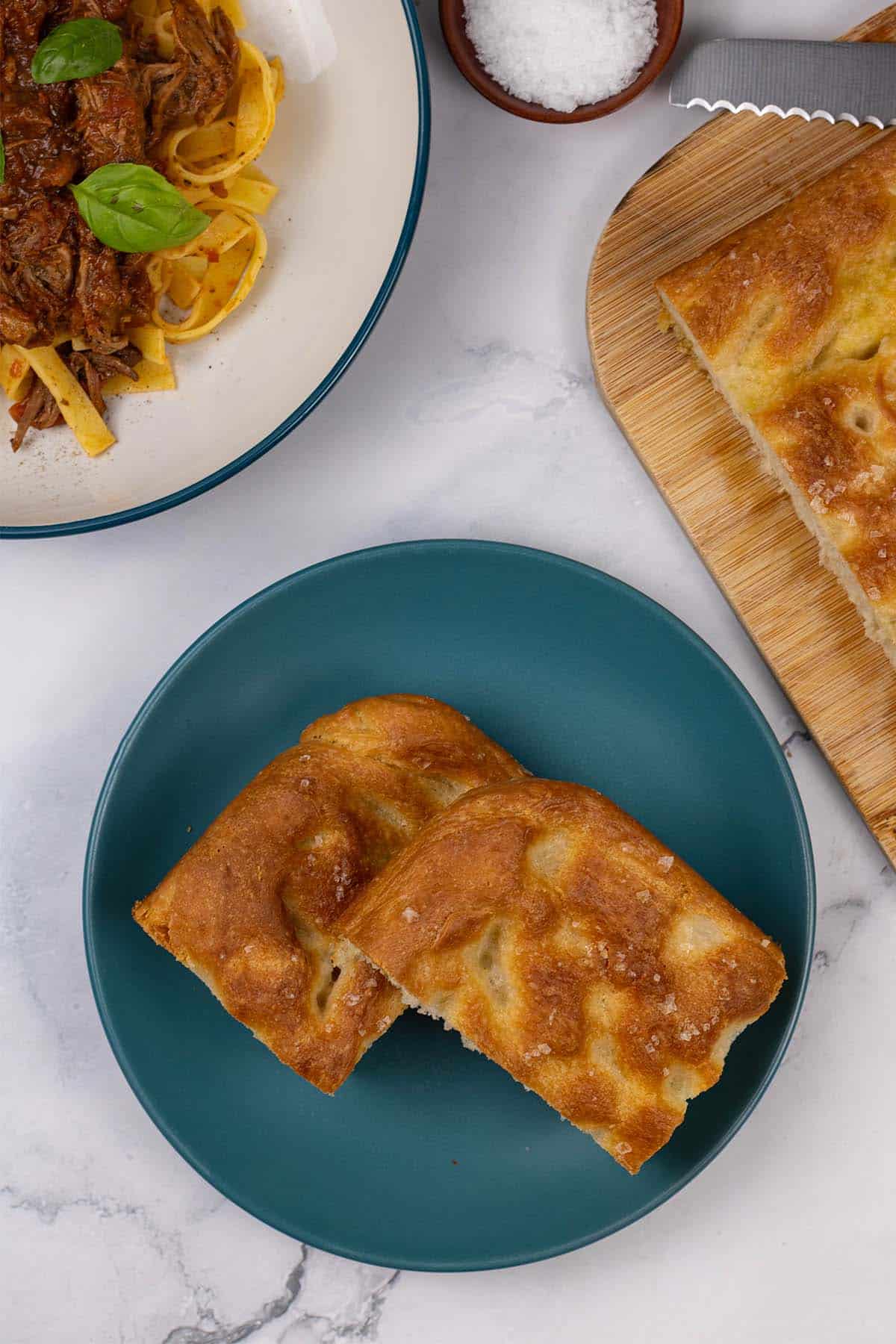
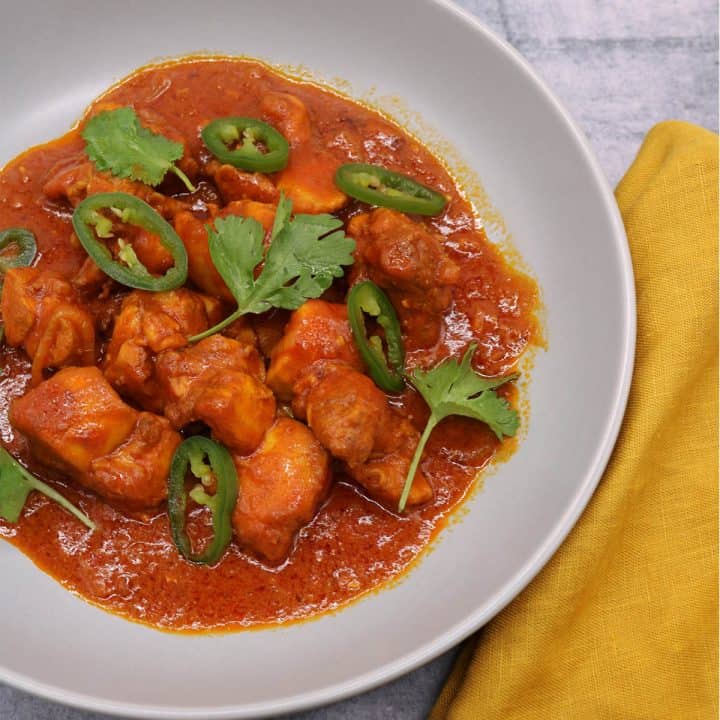
Recipe Collection Spotlight...
13 INDIAN DISHES FOR YOUR NEXT FEAST...
Indian food is one of our favourites to order from a takeaway and to cook. There's quite a collection of recipes on here and I've pulled out 13 delicious ones for you to choose from for your next feast.
Did you make this recipe?
I’d love to hear how it went…both good and bad!
Please go to the bottom of the page to rate the recipe and/or leave your comments.
⭐⭐⭐⭐⭐
It would also be great if you could take a photo and tag #FellyBull on social media, thanks.
Subscribe to receive our new and highlighted recipes in your email inbox each week...plus receive our new e-Cookbook for free!!!
✉️
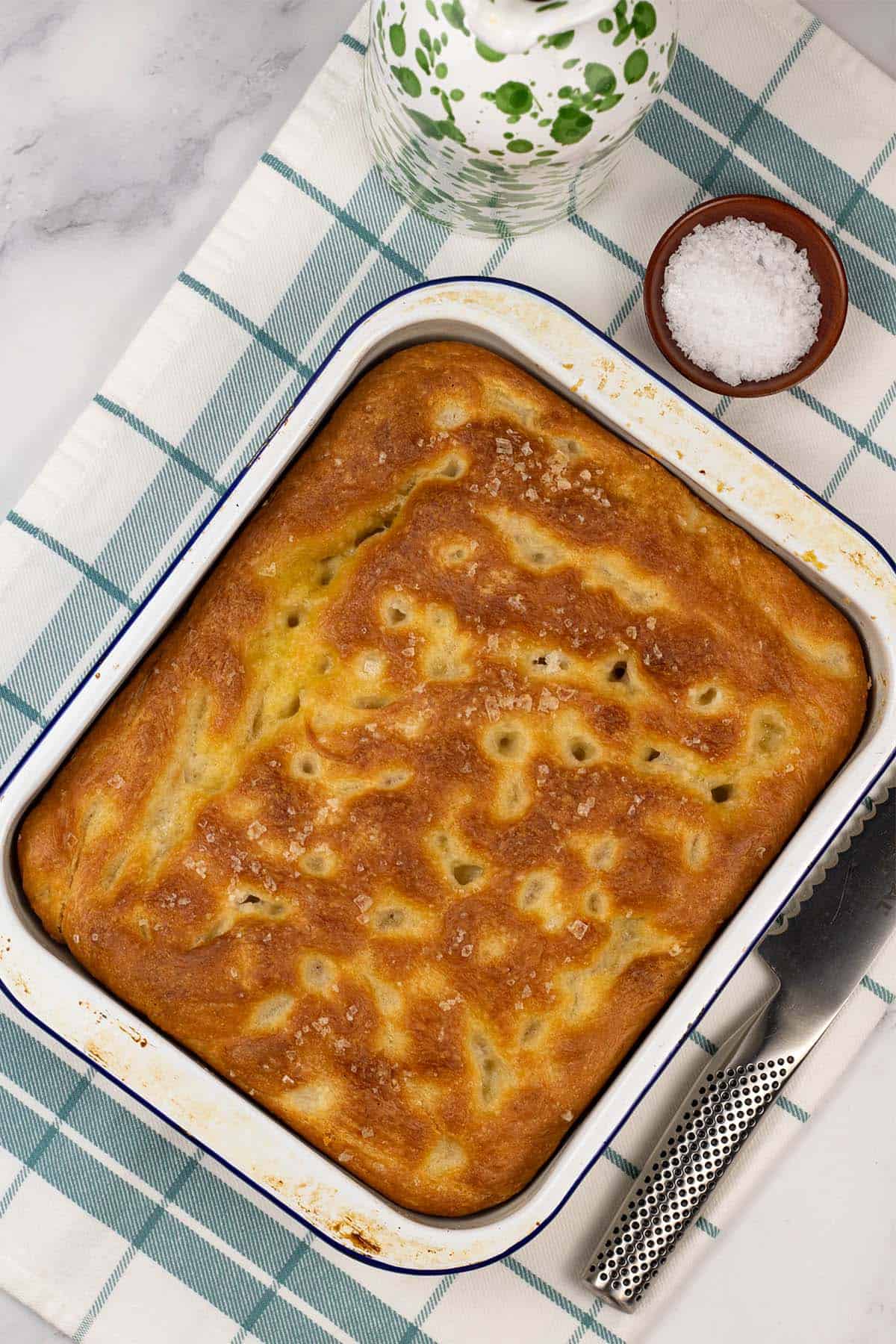
Authentic Focaccia
Ingredients
- 180 ml (⅞ cup) lukewarm (35C) water
- 7 g (0.2 oz) sachet dried yeast
- 320 g (2 ½ cups) plain flour
- 2 tbsp extra virgin olive oil
- 1 tsp honey
- 2 tsp salt
- olive oil for greasing
- 2 tbsp sea salt flakes for the topping
For the glaze :
- 2 tbsp extra virgin olive oil
- 1 tbsp water
Instructions
Make the dough:
- Look out two large bowls (one for mixing and one for resting) and a baking tin or tray.
- Either heat a kettle and mix hot water with cold or use the hot water tap to get lukewarm water that sits around 35C (use a meat thermometer to check) - this temperature, when added to the dried yeast will “waken it up” for the fermentation process and give your bread the best chance.
- Place the dried yeast in a large bowl, mix in the warm water and leave to froth for a couple of minutes.
- Add the flour, extra virgin olive oil and honey to the yeast and water mixture.
- Lightly grease your hands with some olive oil, then pull together the mixture with your hands and knead for 5 minutes.
- Lightly grease your hands with some olive oil, then pull together the mixture with your hands and knead for 5 minutes.
Rest the dough and bake:
- Shape the dough into a ball, put it in a bowl lightly coated in olive oil. Cover with cling film coated with some more olive oil, and leave to rest for 20 minutes.
- Remove the dough from the bowl and keep the cling film for later. Stretch the dough by hand to make a rectangle about the same size as your baking tin or tray and then fold it over on itself 3 to 4 times. This step should give the bread its familiar soft chewy texture.
- Put a thin coat of olive oil on your baking tin or tray. Place the dough in the middle and cover with the same cling film used earlier. Put it somewhere warm and leave to prove for 90 minutes, or until doubled in size.
- Stretch the dough to cover your baking tin or tray, scatter over most of the sea salt flakes and leave to rest for 30 minutes.
- Use your fingertips to press down all over the dough to create small holes all over.
- Mix the glaze ingredients and drizzle over the bread filling in all the small holes and add the rest of the sea salt flakes.
- Heat the oven to 220C/200C fan/gas 7 and rest the dough for a further 20 minutes.
- Bake the bread for 20 to 25 minutes, until golden. Remove from the oven and let it cool for 5 to 10 minutes before transferring it to a cooling rack.
Notes
- David has stayed fairly closely to Silvia's method, however, he has picked up a couple of things while making the bread and has added the following notes to the instructions:
- Make sure the water is warm enough.
- Coat your hands with olive oil when working with the dough.
- Always add the water to the yeast and not the other way around.
- Toppings - try adding different toppings like rosemary, cherry tomatoes, roasted peppers, olives or caramelised onions.
- Try these flavour variations:
- Rosemary and sea salt for a classic Italian style.
- Tomato and basil for summer.
- Olive and herb for mediterranean flavour.
- Garlic and parmesan is a rich savoury option.
Nutrition
Nutrition information is automatically calculated, so should only be used as an approximation.


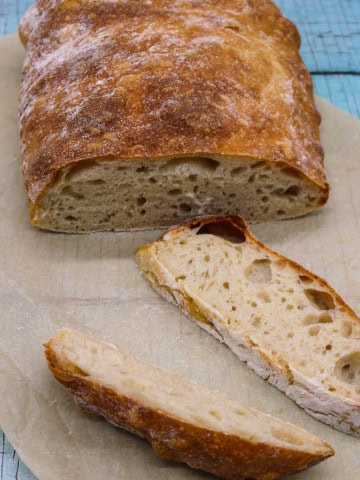


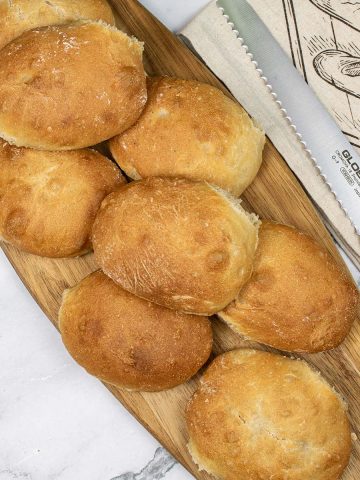
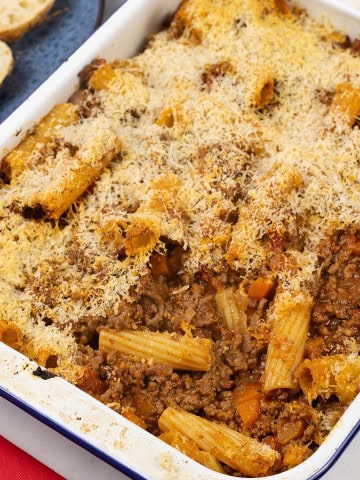
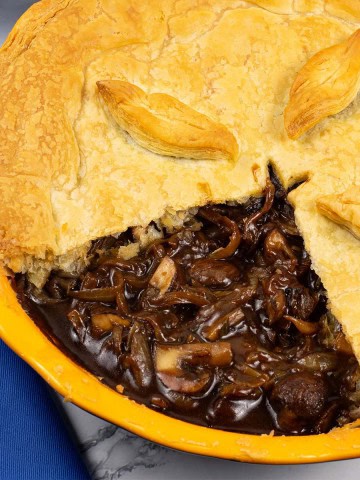
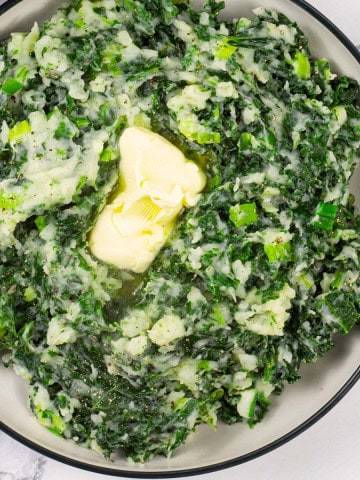
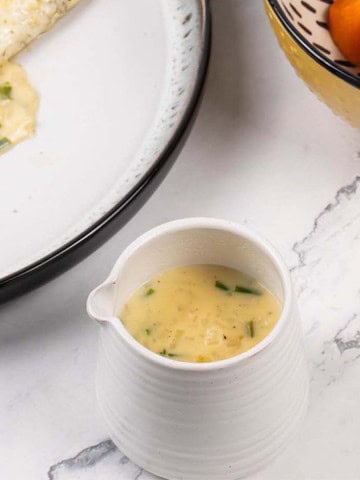

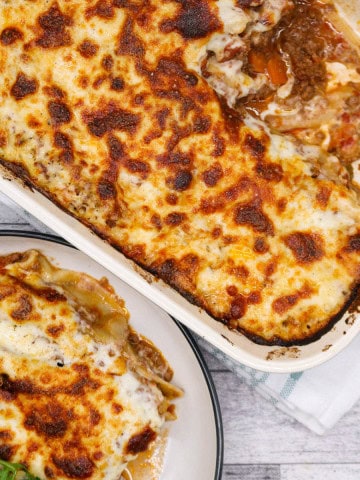
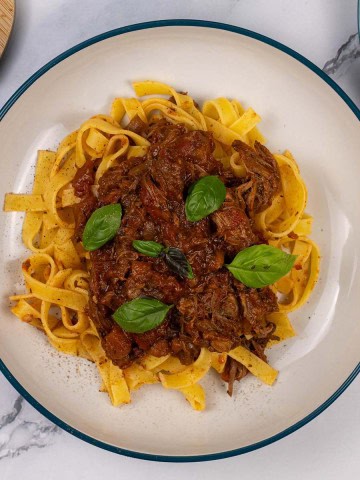

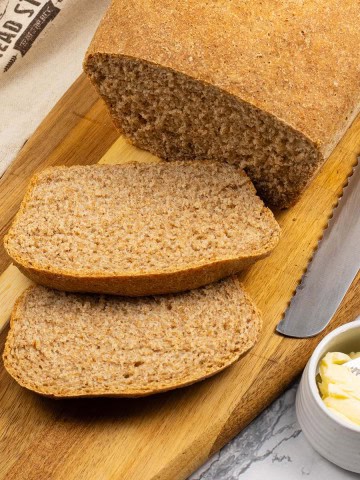
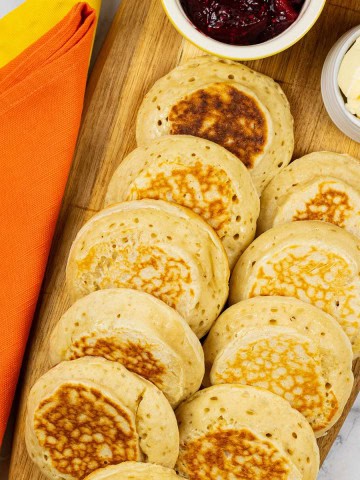
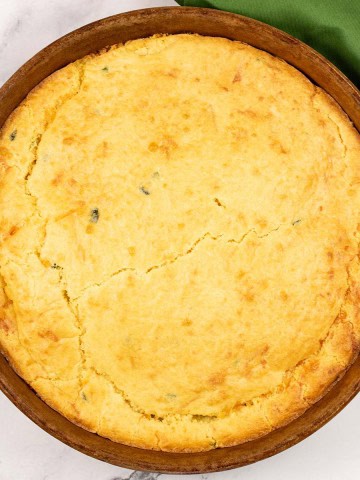
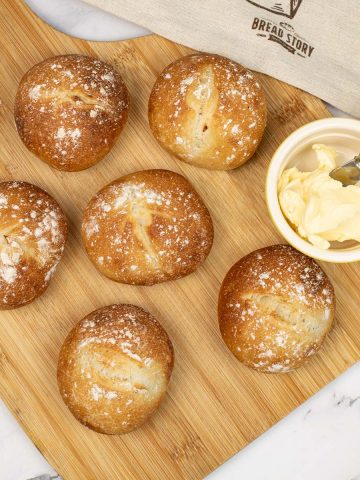
LEAVE A COMMENT AND RATE THIS RECIPE